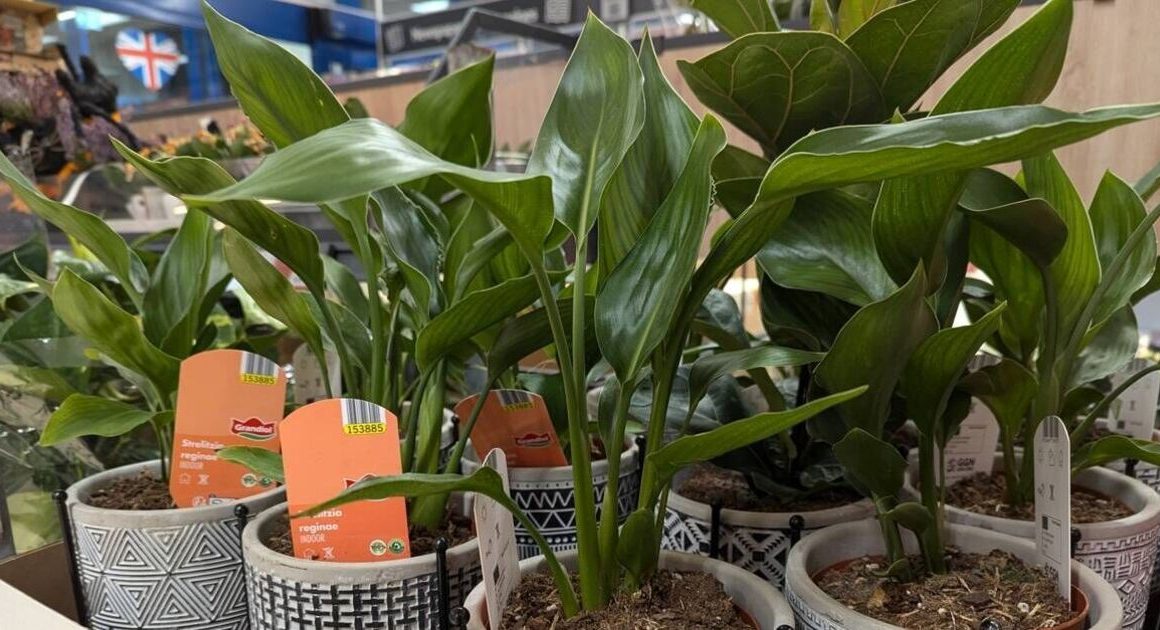Lawn dandelions sprouting up is something many gardeners dread, especially for those looking to maintain lush vibrant green grass.
As dandelions start to bloom in March and continue until October, gardeners will notice an increase in these pesky weeds popping up in their lawns and even between patio cracks and gravel.
Dandelions are notorious for pushing out grass and other plants, as well as draining water and nutrients away from surrounding plants. The challenge with these weeds is their fluffy, far-floating seeds that encourage them to regrow year after year.
Store-bought weed killers and household white vinegar are commonly used on them, however, sometimes they aren’t that effective and can even prove to be damaging. There is one method that gardeners seem to agree is best to eradicate them “properly”.
A woman fed up with her lawn being overrun by dandelions sought advice on the Gardening UK Facebook page. Sarah Read asked: “What is the best way to get dandelions from a lawn?”
Sarah’s query garnered over 100 responses, most discouraging the use of chemicals and suggesting manual removal.
David Rae advised: “I’ve found that the most effective, but also the most time-consuming, method for dandelion control is hand digging them.
“This should be done now in the spring, right when the first dandelion seedlings appear. A regular garden fork can be used for this, you don’t need any special tools.”
Gary Simmonds recommended: “Use a fork. Works all the time for me and it gets rid of the roots completely so the dandelion will not grow back.”
Kerry Miller gave a crucial tip: “Don’t dig up dandelions when it’s dry out, the root will snap when you pull it up and the dandelion will simply regrow in a few weeks.”
He also advised on timing: “It needs to be removed when the soil is moist for the digging method to be effective and easy to carry out.”
Lou Mckay shared her strategy: “Get a small sharp weed tool and do it by hand. It’s the only way to remove them properly.”
She added a personal note: “I had thousands of them and despite wanting to keep the bees happy, my dog used to like pooping in them.”
Lynne Lockwood recommended a hands-on approach: “The little garden hand forks. Get underneath and push it up. Hold all the leaves and get your fingers down to the roots and pull, the whole thing should come out.”
Experts remind gardeners that successfully hand-digging dandelions requires removing the entire taproot, as dandelion taproots are often lengthy.
Jane Turner suggested a preventative measure: “The best way to prevent dandelions appearing in the first place is to never mow the lawn too short or too often so grass remains tall.”
According to her, maintaining taller grass helps choke out weeds and shield dandelion seeds from the sun, also keeping the soil cooler.
Additionally, it is advantageous to leave mulched grass clippings on the lawn as they can act as mulch to smother existing weeds and impede the germination of new seeds.
The last thing gardeners want are dandelions growing back in another part of the garden after removing it, so they need to be disposed of properly.
After pulling them up, place them safely in a bucket or similar and transfer them to either a garden waste bin. Once gardeners have a dandelion-free lawn, fill in any new bare spots with fast-growing grass seeds and give them plenty of water to get them started off.










